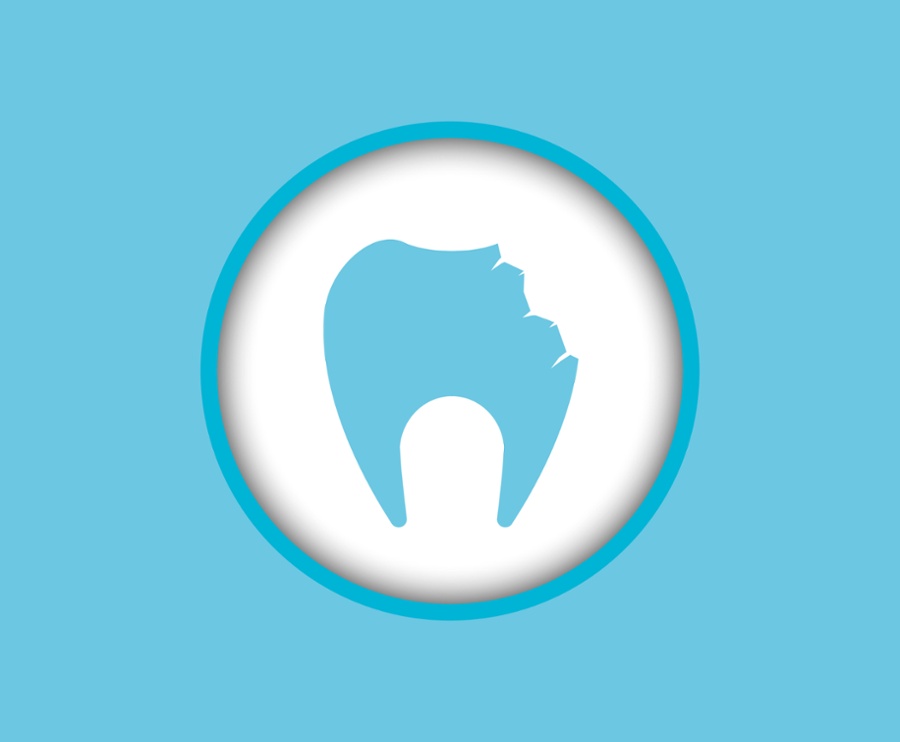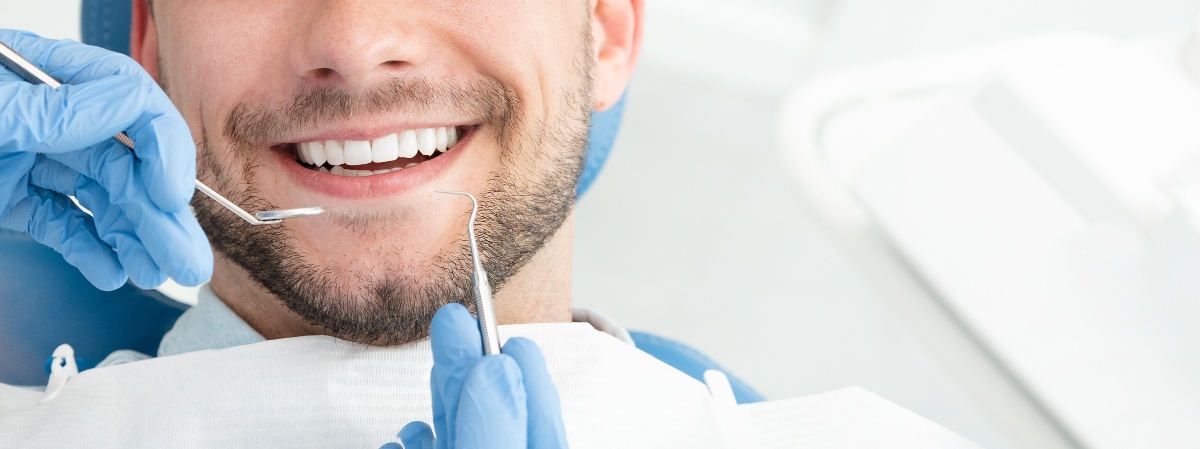Dental crowns are one of the most common procedures in dentistry used to restore a tooth. They serve several purposes, like protecting a damaged tooth from more harm, stabilizing a tooth, and returning its natural form and function.
With proper care, a crown could last many years before needing replacing. However, you might notice food lodged where the gum line meets the crown, or your tooth is sensitive to hot or cold food. These are signs that your crown has come loose.
If you're one of the thousands of Americans with a dental crown, it is helpful to know what to do if it becomes loose or breaks. No need to panic, though. You can do a few things to keep the problem from getting worse. Keep reading to learn how to handle this situation.
When Is a Dental Crown Used?
There are reasons why a dentist might recommend a crown to a patient. Some of the reasons include:
- Repairing broken, fractured, or chipped teeth
- Covering badly stained or discolored teeth
- Restoring badly decayed teeth
During the initial crown procedure, the dentist will remove the damaged or decayed tooth as well as a small portion of the natural tooth to help the crown fit more securely. A temporary crown will be placed while the permanent crown is fabricated at a dental lab. When the final crown is ready, the temporary will be removed and the final crown will be secured in place.
What Causes a Dental Crown to Come Loose or Break?
There are many reasons a patient might need this procedure, but many things could cause it to come loose or break. A crown may come loose or break because:
Old Age
Although they are durable, dental crowns won't last forever. You may notice signs of deterioration after about ten years. Your dentist will check the status of the crown at your regular preventive visits. If it is loose, it is possible that it can be re-cemented but may also need to be redone completely.
Clenching and Grinding
Bruxism is a habit of clenching and grinding your teeth while awake or asleep. It can cause a number of issues including dental restorations to loosen.
Formation of Decay Under the Crown
If you experience sensitivity and pain with the loose crown, this may mean that a cavity has developed underneath it. This may be caused by poor oral hygiene. Bacteria and food particles accumulate under the crown and lead to tooth decay.
Improperly Fitting Crown
Sometimes the crown is in perfect condition — it just doesn't fit properly. This could be because it shifted during the cementation process, but you'll notice discomfort or the crown loosening within a few weeks.
Crown is Damaged
Any sort of trauma to the face or mouth can break a dental crown or cause it to become loose.
Consuming Sticky or Hard Foods
Sticky foods like gum, tootsie rolls, and beef jerky can lead to a loose crown. Avoiding these foods will help prevent any damage to your dental crown.
If your loose crown is causing you severe pain, it is a dental emergency. So what should you do?
What to Do When a Dental Crown Is Loose
If you notice your crown is loose, you should contact your dental office to schedule an appointment. They might ask you to come in immediately, especially if the tooth underneath is already severely damaged. The nerve and pulp of the tooth may be exposed to bacteria or acid, which triggers a pain response.
Do not fiddle with it if the crown is loose but not completely fallen out. Try to avoid chewing food on that side of your mouth. Disturbing the loose crown could cause more damage to the tooth structure underneath, making things worse.
If your appointment is not on the same day, you can try to replace it if the crown has already fallen off. You can do this with a dental adhesive found at the local pharmacy or grocery store. It is a temporary solution but will keep the tooth protected until your appointment, reducing any pain.
If you can't reattach the tooth, alert the dental office. Most dentists will want to reattach the crown within 48 hours. The dentist will likely reattach the intact crown when you arrive for your scheduled appointment.
What Not to Do When Your Dental Crown Is Loose or Breaks
If your dental crown becomes loose or broken, avoid swallowing it. Remove it from your mouth and place it in a secure place.
While you are without your crown, avoid eating sticky foods or those that require a lot of chewing. Continue chewing on the opposite side of your mouth and remember to brush your teeth, but do so gently.
How to Prevent a Loose or Broken Crown
Dental crowns are made of durable materials, but the cement will eventually wear away. Most older crowns will need to be recemented regardless of how careful you are. But to get the most out of your crown, choose your foods wisely. Sticky or hard foods will cause the cement to wear out faster.
Practice good home oral hygiene, like brushing twice a day and remembering to floss. If you suffer from bruxism, your dentist may recommend getting a mouth guard for a layer of protection.
At Your Dental Appointment
Your dentist will examine why your dental crown came loose during your dental appointment. If everything looks in good condition, the tooth can be re-cemented. However, if there is any damage, it will need to be replaced.
If your crown came off due to underlying decay, that would need to be addressed before attempting to cement the crown back in place. No matter what caused your crown to come off, your dentist will present a plan to correct the problem, and you can quickly return to your regular routine.
Keep Your Mouth Healthy with Palmetto Dental Arts
At Palmetto Dental Arts, we aim to keep your mouth healthy by executing dental procedures with great care. We're always happy to answer any questions you may have related to your loose or broken crown. Call us today to schedule your appointment and begin restoring your smile!




